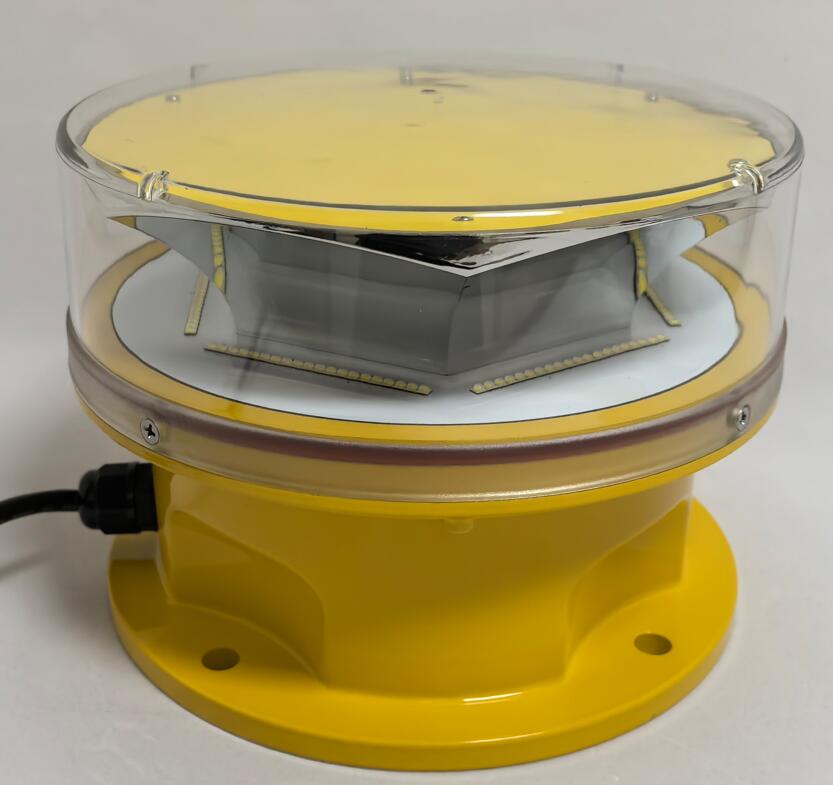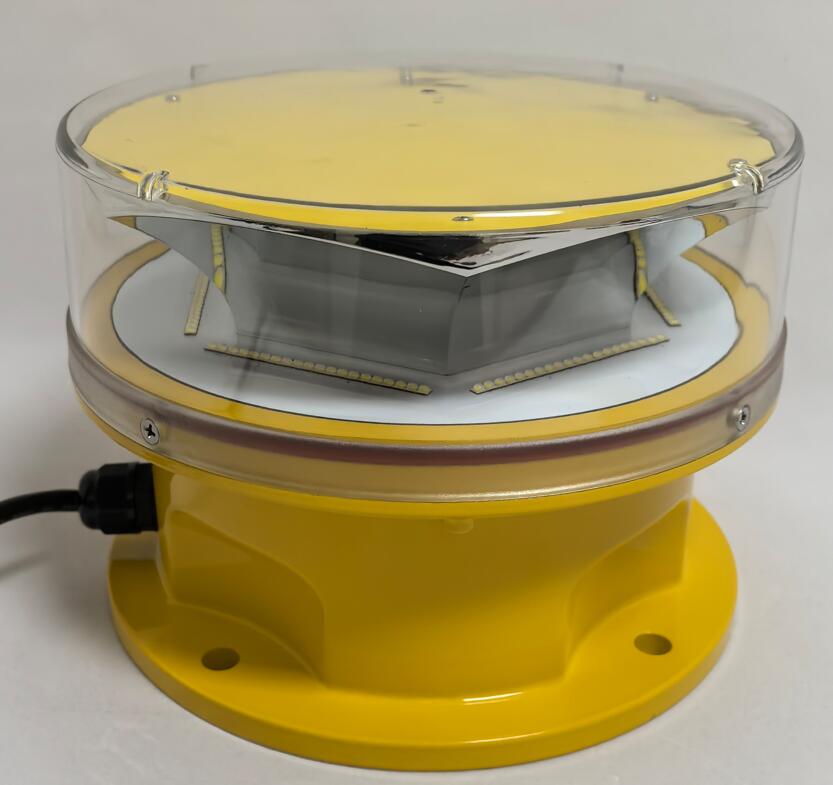Aviation Obstacle Light: Ensuring Safety in the Skies
Aviation obstacle lights are critical components in air navigation safety, designed to mark tall structures that could pose hazards to aircraft. These lights ensure that pilots can identify obstacles, especially during low visibility conditions, reducing the risk of collisions. With the increasing number of high-rise buildings, telecommunication towers, and wind turbines, the importance of aviation obstacle lights has grown significantly.
This article explores the types, functions, regulations, and technological advancements in aviation obstacle lights, highlighting their role in modern aviation safety.
Types of Aviation Obstacle Lights
Aviation obstacle lights are categorized based on their intensity, color, and flashing patterns. The primary types include:
1. Low-Intensity Obstacle Lights (L-810)
These lights are used for structures less than 45 meters (148 feet) in height. They emit a steady red light and are typically installed on buildings, cranes, or other low-rise obstructions.
2. Medium-Intensity Obstacle Lights (L-864 & L-865)
Medium-intensity lights are suitable for structures between 45 and 150 meters (492 feet). They come in two variants:

Type A (L-864): Steady red light for nighttime use.
Type B (L-865): White flashing light for daytime and twilight conditions.
3. High-Intensity Obstacle Lights (L-856 & L-857)
Used for structures exceeding 150 meters, these lights are extremely bright and visible from long distances.
Type A (L-856): White flashing light for daytime.
Type B (L-857): White flashing light for nighttime.
4. Dual Lighting Systems
Some structures require a combination of red and white lights to ensure visibility in all conditions. These systems automatically adjust based on ambient light levels.
Functions of Aviation Obstacle Lights
The primary purpose of aviation obstacle lights is to enhance visibility, but they also serve several other functions:

Collision Prevention: By marking obstacles, they help pilots navigate safely, especially in poor weather or at night.
Regulatory Compliance: Many countries mandate the installation of these lights on tall structures to meet aviation safety standards.
Enhanced Air Traffic Management: Obstacle lights assist air traffic controllers in identifying potential hazards.
| aviation obstacle light |
Regulations and Standards
Different countries follow specific guidelines for aviation obstacle lighting. The most widely recognized standards include:
ICAO (International Civil Aviation Organization): Provides global recommendations for obstacle lighting.
FAA (Federal Aviation Administration): Regulates lighting requirements in the U.S. under AC 70/7460-1L.
EASA (European Union Aviation Safety Agency): Sets standards for European airspace.
These regulations define the placement, intensity, and operation of aviation obstacle lights to ensure uniformity and effectiveness.
Technological Advancements
Modern aviation obstacle lights incorporate advanced technologies to improve efficiency and reliability:
LED Lighting: LED-based obstacle lights consume less power, last longer, and provide better visibility than traditional incandescent bulbs.
Solar-Powered Systems: Eco-friendly solutions that reduce dependency on electrical grids, ideal for remote locations.
Smart Monitoring Systems: Some obstacle lights now feature remote monitoring, allowing maintenance teams to detect failures in real time.
Automatic Intensity Adjustment: Lights that adapt brightness based on surrounding light conditions, improving energy efficiency.
Challenges and Future Trends
Despite their effectiveness, aviation obstacle lights face challenges such as:
Light Pollution: Excessive brightness can affect nearby communities.
Maintenance Issues: Harsh weather conditions can lead to wear and tear.
Future developments may include:
AI-Based Predictive Maintenance: Reducing downtime by anticipating failures.
Enhanced Durability: More robust designs to withstand extreme climates.
Integration with Urban Infrastructure: Smarter lighting systems that blend with cityscapes while maintaining safety.
Aviation obstacle lights play a vital role in safeguarding air travel by ensuring that tall structures are visible to pilots. With evolving technology and stricter regulations, these lights continue to improve in efficiency and reliability. As urbanization and air traffic grow, the demand for advanced aviation obstacle lighting solutions will only increase, reinforcing their importance in global aviation safety.
